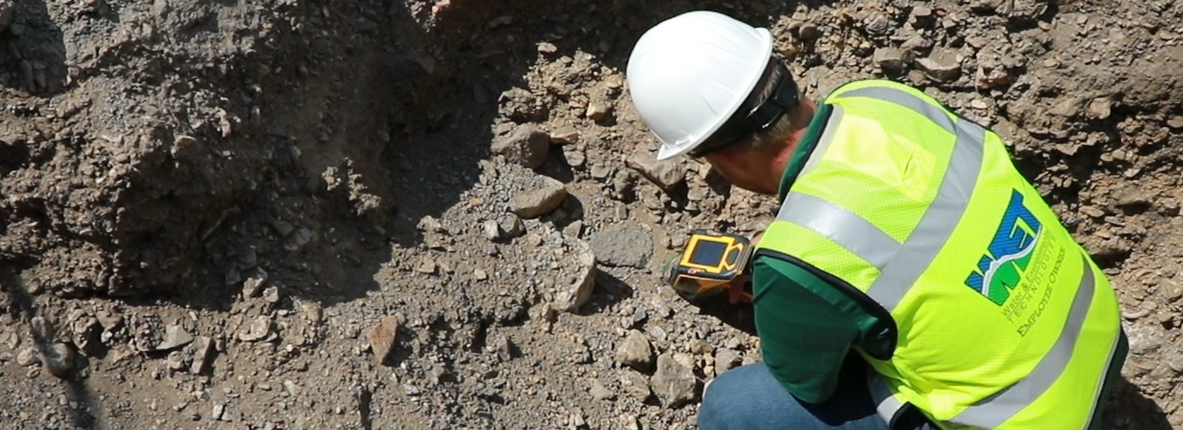RESTORING THE PARROT TAILINGS SITE: A HISTORIC CLEANUP PROJECT
Butte, Montana
In the late 1800s and early 1900s, the Parrot Smelter operated along the banks of Silver Bow Creek in Butte, Montana, leaving behind a legacy of environmental contamination. When the smelter shut down, piles of tailings, slag, and mine waste were left behind, impacting the groundwater and surface water in the area, including Silver Bow Creek.
Water & Environmental Technologies (WET) partnered with the Montana Department of Justice’s Natural Resource Damage Program (NRDP) to address this environmental challenge and develop a comprehensive cleanup strategy. The project involved evaluating different excavation and disposal methods to find the best way to remove the contaminated materials safely. Once the preferred approach was chosen, WET helped design the detailed cleanup plan and managed the bidding and contractor selection process.
The Cleanup Process
After selecting a contractor, WET oversaw the removal of approximately 380,000 cubic yards of material, including:
- 170,000 cubic yards of mine and smelter waste
- 100,000 cubic yards of slag
- Overburden and other impacted materials
The project required careful planning and coordination, including developing detailed plans for excavation, waste management, traffic control, dewatering, and health and safety. Additionally, WET worked closely with various stakeholders, including federal, state, and local agencies, two railroad companies, Montana Resources, and Butte-Silver Bow Government representatives. Weekly meetings ensured clear communication and smooth project execution.
Overcoming Challenges
One of the project’s most complex aspects was navigating the site access requirements, including securing the necessary clearances and training for work within railroad rights-of-way and an active mine site. WET also played a crucial role in reviewing contractor bids and ensuring adherence to project requirements. This cleanup effort is a powerful example of how strategic planning, collaboration, and advanced technology can restore historically impacted sites and protect natural resources.
Sourcing Sustainability: The Ueland Borrow Pit and Parrot Tailings Cleanup
The Ueland Borrow Pit was critical in restoring the landscape as part of the ambitious cleanup of the historic Parrot Smelter Tailings site in Butte, Montana. This permitted opencut area in Silver Bow County provided the essential clay and soil needed to construct an Evapotranspiration (ET) cover, effectively sealing off contaminants and promoting natural vegetation growth.
To bring this project to life, the Water & Environmental Technologies (WET) team managed everything from legal surveys and landowner agreements to stormwater permitting and cultural resource evaluations. The meticulous planning ensured that mining was done responsibly, preserving the environment while providing the high-quality materials needed for effective reclamation.
This project is a powerful example of how innovative engineering and strategic resource management can revitalize historically impacted areas. By turning challenges into opportunities, engineers design sustainable solutions that protect our natural resources and restore our communities.
Inspiring the Next Generation of Engineers
Projects like the Parrot Tailings cleanup highlight engineers’ critical role in designing a more sustainable future. By restoring historically impacted sites and protecting natural resources, engineers help shape healthier communities and safeguard the environment for future generations. But the work doesn’t stop here—future engineers are essential to continuing this mission.
As we celebrate Engineering Week 2025, we recognize the importance of inspiring the next generation of engineers. Their creativity, problem-solving skills, and passion for sustainability will drive tomorrow’s innovative solutions.








